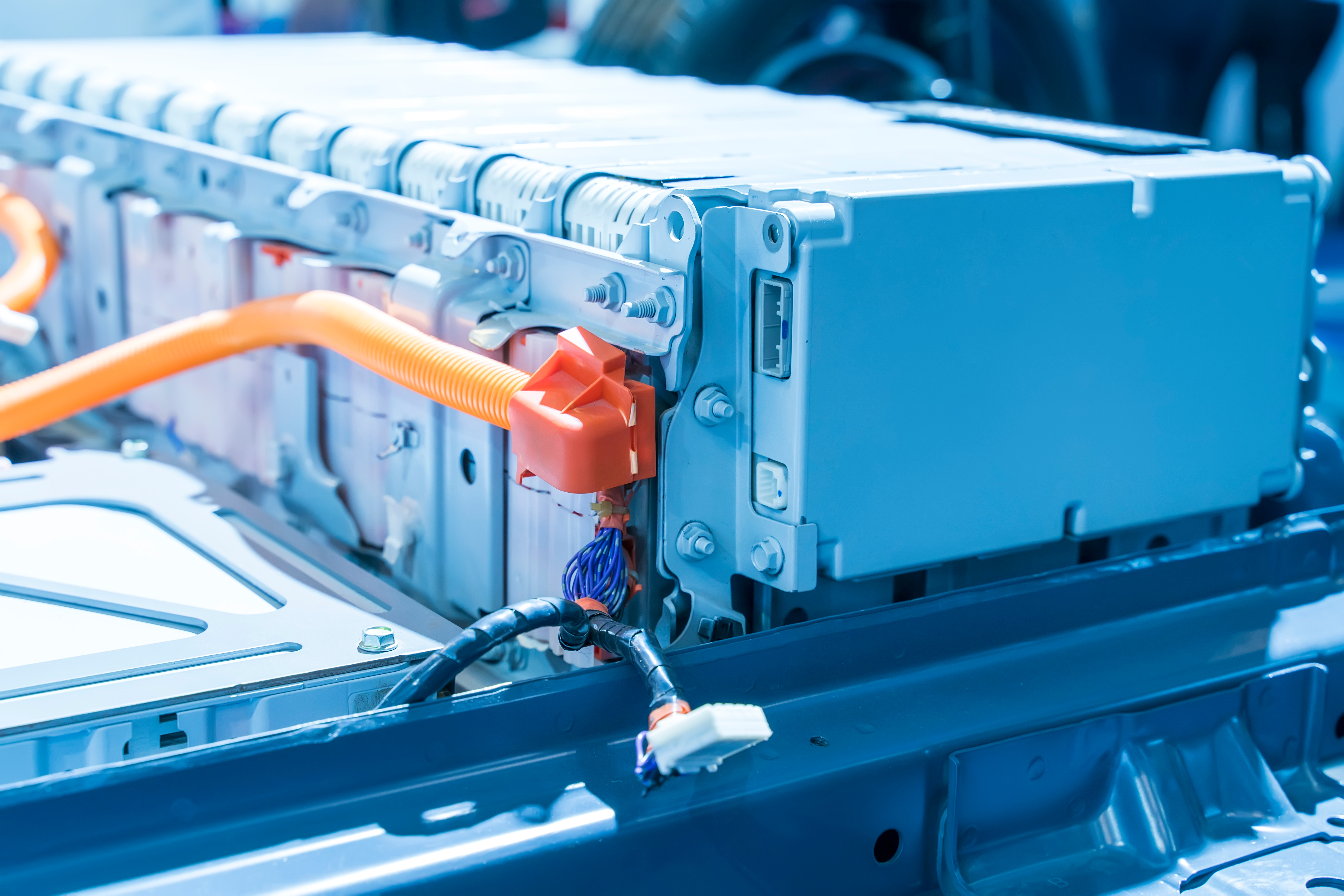2023-04-11
Insights
/https%3A%2F%2Fwww.azelio.com%2Fwp-content%2Fuploads%2F2023%2F02%2FESI-Header-4.png)
What’s the difference between long-duration energy storage and batteries?
In its ongoing Energy Storage Insights series, Azelio breaks down everything you need to know about storage technologies. In part four, we examine the difference between long-duration energy storage and batteries.
It’s difficult to talk about energy storage without mentioning batteries, or battery energy storage systems (BESS). So, what does a battery do? Here’s a useful definition:
Battery
A container in which chemical energy is converted into electricity, and used as a power source
The chemical reaction aside, you could say that all long-duration energy storage (LDES) technologies work in a similar way to batteries, in the sense that they store energy and release it so that we can be supplied with power.
Of course, LDES comes in varying technological categories and works in different ways – as we covered in part three of our Energy Storage Insights series. The electrochemical LDES category includes battery technologies, and electrochemical flow batteries are a good example of this type of LDES solution.
Battery technologies today
That’s a broad similarity, but we’re here to consider the main differences between LDES and BESS. There are many types of batteries available today, but when we talk about industrial installations powered by batteries, the focus is often on Lithium-ion, or L-ion. This is a rechargeable battery using the reversible reduction of lithium ions to store energy.
L-ion batteries are in our lives a lot. We use them in consumer electronics, electric vehicles, and for larger energy storage projects, where L-ion batteries typically work well for a duration of 4-6 hours. This marks them out as different to most LDES solutions. For example, systems such as Azelio’s TES.POD thermal LDES meet the need for 8-18 hour flexibility.
Why is this important? It means that when working with solar, LDES systems can take over supply of power when the sun disappears. LDES can cover the complete 24-hour supply cycle with renewable energy. If employing batteries alone, that’s something which can only be managed with a large quantity – proving potentially costly for a project.

Another key difference between the technologies lies in recycling. With climate change upon us, it’s increasingly important for businesses and end-users to embrace sustainable solutions. Today it can be difficult to recycle L-ion batteries at end of life, with ongoing research looking to develop improved methods of recycling. This is in contrast to an LDES system such as TES.POD, which is 99% recyclable at the end of its 30-year lifespan.
Working together
Ultimately, LDES and batteries can form a great team! The technologies work well together in renewable microgrids or hybrid systems, which are localized and have defined boundaries. Batteries provide fast start properties, while LDES offers increased storage duration.
Next time in Energy Storage Insights
In the final part of Azelio’s series, the focus shifts to our climate, and how energy storage can help us cut CO2 emissions and mitigate the impact of global warming.
Want to know more?
/https%3A%2F%2Fwww.azelio.com%2Fwp-content%2Fuploads%2F2022%2F02%2FLocations.jpg)
Short vs. long-duration energy storage
Find out more
/https%3A%2F%2Fwww.azelio.com%2Fwp-content%2Fuploads%2F2022%2F07%2FSet-Up-Filtered.jpg)
Combining technologies
LDES & batteries as part of a hybrid system
/https%3A%2F%2Fwww.azelio.com%2Fwp-content%2Fuploads%2F2022%2F11%2FVisitor-Centre-and-logo-Square.jpg)
An off-grid microgrid with TES.POD energy storage
ALEC Energy delivers a world first for Noor Energy 1
/https%3A%2F%2Fwww.azelio.com%2Fwp-content%2Fuploads%2F2023%2F03%2FISAB-1.jpg)